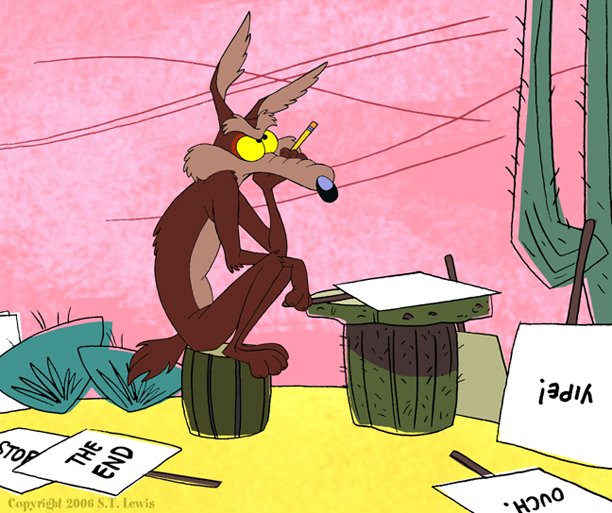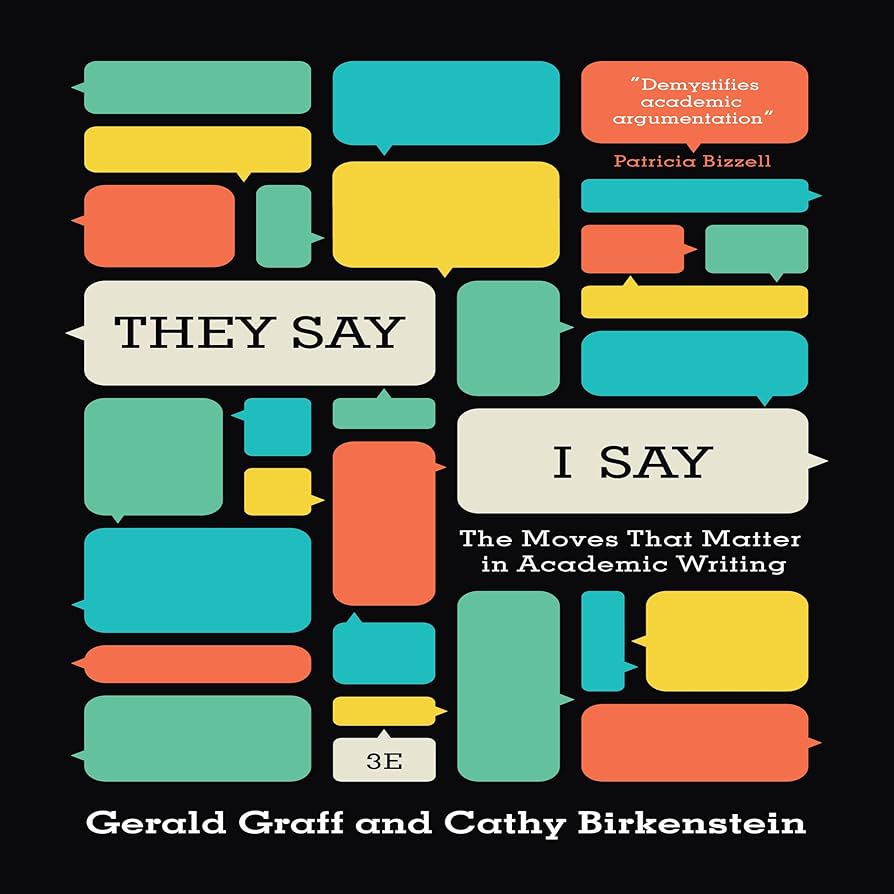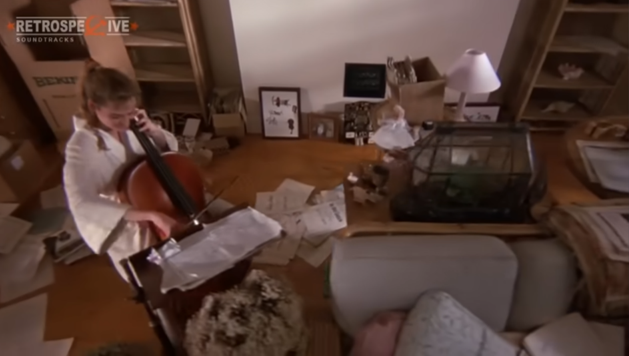
Back to the River
You can’t step into the same river twice. So said the ancient Greek philosopher Heraclitus. It’s not just that the river changes. We do as well. And the change becomes more pronounced with time.
I made that point a few months back in a post about rewatching John Carpenter’s They Live. And I’m thinking about it again today as I return to Duquesne University, the institution where I taught creative writing and science fiction way back in the mid-80s. It was my first teaching gig.
I’ve changed since then. Wiser, I hope. Certainly, more experienced. But the students, even though they’re just as sharp and ambitious as the ones I worked with back in my salad days, are plugged into the world in ways that would have been unimaginable back then. And therein lies the challenge because today I’ve been asked to speak on how writers come up with ideas, engage their audience, and develop themes.
It’s been a while since I’ve talked about those things, but I think I’m ready.
Getting Ideas

Here’s what I know.
Ideas are in the air. They’re all around. You can’t avoid them. They’re in comments you hear in classrooms, see in posts, read in the news; but they are also in the laws that restrict you, the opportunities offered you, and the choices you’re given.
But unless you’re doing straight reporting, writing isn’t about simply presenting ideas as they are. It’s about reacting to, commenting on, and developing them. And by addressing them in our writing, we become part of an ongoing conversation that’s been going on for thousands of years.
That’s not hyperbole.
Consider a recent opinion piece in the New York Times titled “The Surprising Allure of Ignorance.” It begins:
Aristotle taught that all human beings want to know. Our own experience teaches us that all human beings also want not to know, sometimes fiercely so. This has always been true, but there are certain historical periods when the denial of evident truths seems to be gaining the upper hand, as if some psychological virus were spreading by unknown means, the antidote suddenly powerless. This is one of those periods.
Do you see what the author is doing?
He’s entering a conversation that Aristotle began over 2,000 years ago, bringing it into the present, building on it.
Thus, he employs an idea-generating strategy that lies at the heart of effective writing.
Joining the Conversation

University of Illinois professors Gerald Graff and Cathy Birkenstein provide a template for developing ideas in their book They Say / I Say.
Basically, it involves two steps.
The first is the they say statement, where you identify an idea you’ve encountered in the world:
_______ says _______.
It’s the same structure you find above in the first sentence of “The Surprising Allure of Ignorance.”
Next, you consider the idea, possibly taking exception to it, and deriving from it a statement of your own:
But I believe _________________.
Of course, since you are the author of the essay, it’s not necessary to say “I believe.”
But why can’t I just write what I think?

New writers are sometimes concerned that basing their essays on the works of others somehow diminishes originality. And it’s true that some writers have endeavored to write exclusively about their own ideas. Edgar Allan Poe’s book-length essay Eureka is one of those, but it’s worth noting that it was not well received when first presented to a nearly empty auditorium on a stormy night in 1848.
This brings us to a strategic digression.
This morning while driving to campus, Christian Petzold’s “Minuet in G Minor” came on the radio. And since I was thinking about the topic I’d be speaking about today, it occurred to me that Petzold’s 18th-century composition was the basis for a 1965 pop song titled “A Lover’s Concerto.” And that song, in turn, became the inspiration for a piece titled “The Duel” by synth composer Georgio Moroder in 1984 (featured in the film Electric Dreams, pictured above). Each of those works is something new and fresh … and perhaps all the more engaging by building on something familiar.
Engaging Readers
On a recent installment of the writing podcast Script Notes, film writer Craig Mazin offers the following:
Everybody who grows up in a family that’s even moderately large […] knows that there’s somebody that’s going to sit around and tell a story that is boring and bad. But you also know there’s somebody who’s great at it, and when that one starts telling a story, everybody leans forward because they know how to do it. How you begin, how you middle, how you end, what’s the point, how it all comes around and coheres together [as in the rules set down in] The Poetics by Aristotle.
(Aristotle again!)
Mazin’s right. It’s all about pacing, building anticipation … and ways to do that will be the topic of my next installment.
Until then … scop on!

Leave a Reply